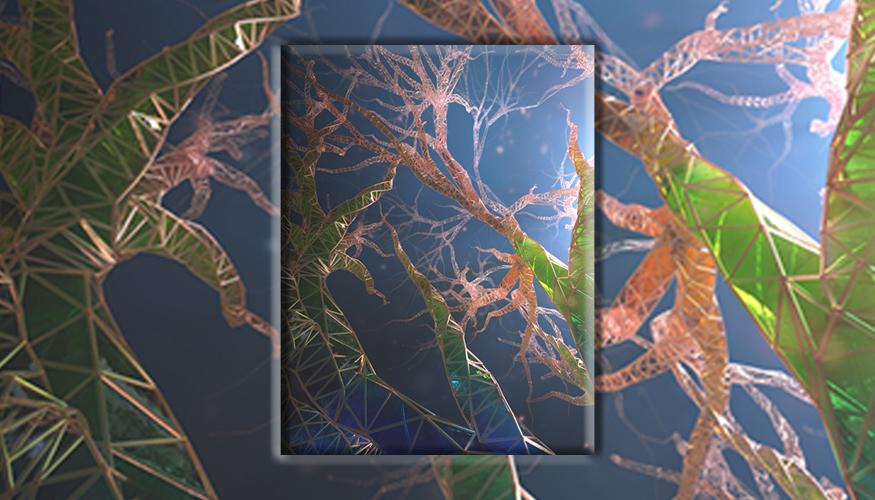For more than 10 years, a partnership between Kazakh and US researchers has led to the synthesis and testing of highly permeable ion-exchangers. These materials possess an increased availability and concentration of active binding groups, and can efficiently extract a wide spectrum of organic and inorganic compounds, pathogenic and toxic substances from water solutions, soils and biological substrata.
Currently considered a waste product of the paper manufacturing industry, lignin possesses properties that can be exploited when combined with ion exchange and chelate functional groups. Lignin is a highly abundant, natural plant-based material, allowing the cheap and environmentally friendly manufacture of functionalized ion-exchangers.
When combined with Russian-developed ion-exchange, redox-active and chelate functional groups, these lignin polymer materials offer enhanced efficiency, low manufacturing cost, minimal environmental impact over historically used technology based on styrene and divinylbenzene (DVB).
In addition to endo- and exo-genic environmental remediation, and industrial applications, the technology offers the possibility of medical applications such as reducing hemo- and entero-toxins in patients.
Redox ion-exchange polymers ("redox-ionites") and membranes possessing cation- and anion- exchange, amphoteric, complex-forming and oxidation-reduction abilities have been developed on the basis of the biocompatible synthetic and chemically modified natural polymers. In addition, developments have been made towards methods of obtaining of water-soluble and spatially cross-linked ionites of gel, macro-porous and macro-network structure.
Additionally, the presence of a large intramolecular net allows the extraction of high molecular weight organic compounds, which may be useful for the purification of medicinal preparations, extraction of toxic and pathogenic compounds from biological liquids (hemo- and enthero-sorption).
Compared to the current commercially available products, lignin-based sorbents are cheap, economical and use renewable natural raw materials. Lignin is currently available in large quantities and viewed as a waste by-product from the paper manufacturing industry with little practical use. Furthermore, lignin can be extracted from a variety of vegetation and from wood-processing waste materials such as sawdust. Applications span environmental, industrial, medicinal and pharmaceutical fields.
| Feature | Benefit |
|---|---|
| Lignin-based macronetwork | Cheap, environmentally friendly, stable, mild synthesis conditions, and more efficient than current styrene- and DVB- based materials |
| The size of the macro-network can be regulated | Enhanced selectivity and versatility for different pollutants and toxins. |
| Synthesis reaction conditions are mild relative to traditional exchange resins, gels and macro-porous materials | More environmentally friendly production methods, reduced cost and health risk minimization |
| Highly permeable ion-exchangers with a macro-network and fibrous structure | Improved efficiency, exchange capacity, sorption kinetics |
| Easily functionizable | Easy manipulation for versatile use on a wide variety of toxins, pollutants or rare metals in multiple applications |
Industrial applications may include:
- the extraction of organic compounds from oil,
- rare and precious metals from ores, sediments or waste emissions, or
- catalysis in the synthesis of fine organic compounds.
The use of rhenium-specific ion-exchange modified lignin as a cheaper, more efficient, rapid separation and purification of rhenium for world-wide distribution has been investigated. Similar applications for gold, platinum and other precious metals are envisioned.
Environmental applications may include the remediation of heavy metals from waste-streams, soils, waterways and discharge gases. Ionite grafting on lignin would allow efficient, cost-effective removal of heavy metals such as mercury, lead and chromium, radionuclides, and organic pollutants such as phenol and formaldehyde.
Pharmaceutical applications may include more cost-effective purification of antiseptic and antibiotic drugs. Medicinal applications may include the removal of hemo- and entero- toxins and lipid-soluble metabolites. For example, current research is proving that these materials may be used in the treatment of diabetes, or the reduction of bilirubin and cholesterol.
Already, more than half of the ion-exchange sorbents modified on lignin macro-structure have no international competition.
Materials designed to extract rhenium, platinum, bilirubin and cholesterol have been already been successfully tested in the laboratory. Some of the research has been published in peer-reviewed journals. Additional testing is required to investigate active groups needed to bind other toxins, metals and pollutants, and to understand the sorption kinetics and mechanisms of desorption/regeneration.

